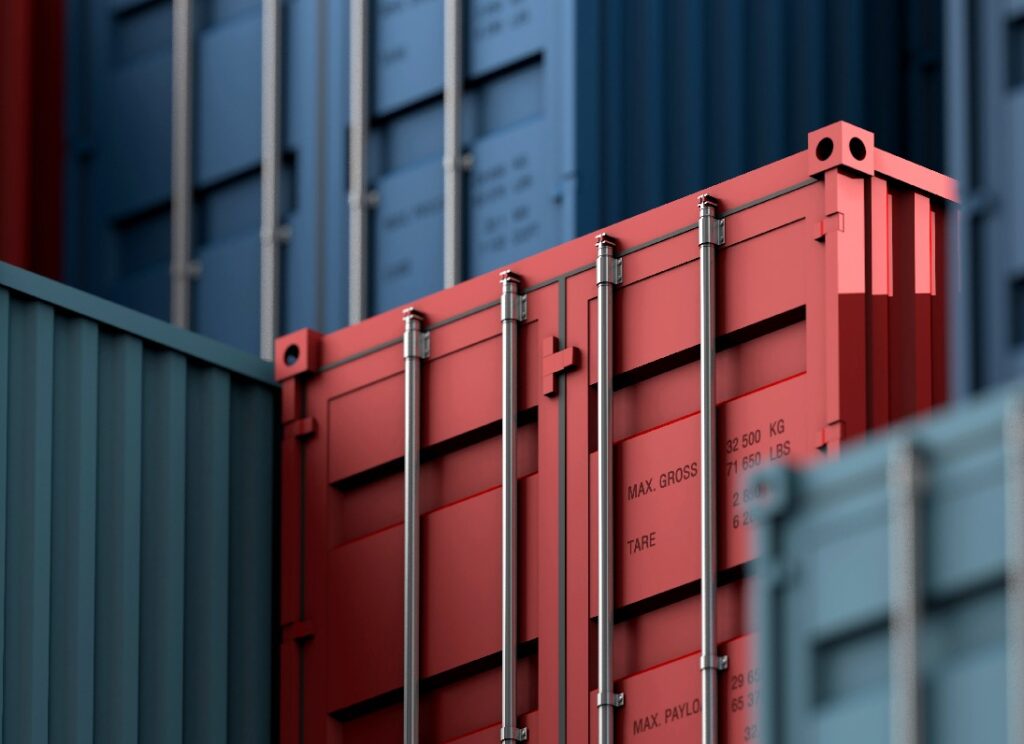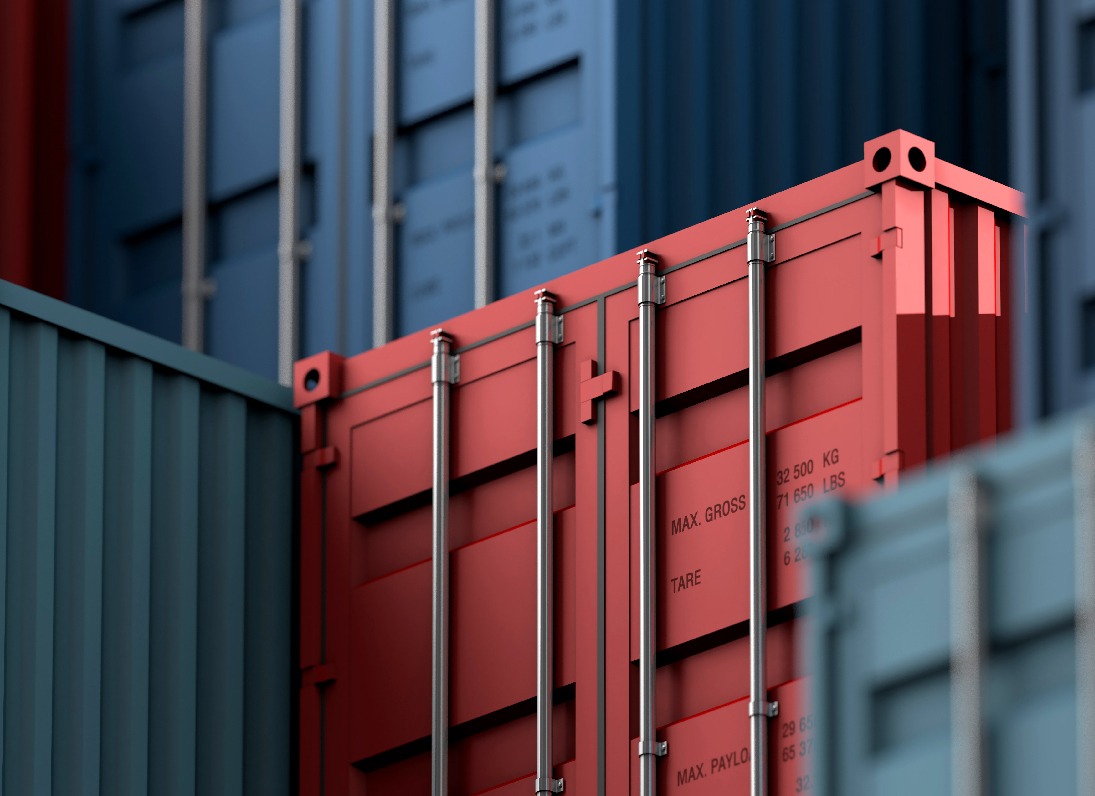A healthy supply chain should work seamlessly with smooth reception and delivery of goods between parties. However, today’s market is increasingly unstable. At every turn, the supply chain is bottlenecked or obstructed entirely, affecting brands, manufacturers, suppliers, and the consumer.
This article explores the supply chain’s current issues and challenges and examines solutions that create a more streamlined and effective chain.
1. Keeping Up with Consumers and Buying Behaviors
Consumer shopping habits have changed significantly over the last few years. The retail market was dominated by in-person shopping less than a decade ago. Accelerated by the pandemic, e-commerce has become the preferred shopping method of most consumers.
According to 1WorldSync’s Consumer Product Content Benchmark report, 87 percent of consumers have purchased items online that they previously bought in-store. Nine out of ten shoppers say they won’t exclusively return to brick-and-mortar stores for items they bought in-store before the pandemic. For most shoppers, the shift to online shopping is permanent.
The move to e-commerce shopping has been rapid, and many brands and retailers find themselves playing catch-up to adapt to these new buying behaviors. Structuring your brand and business to operate in omnichannel allows you to keep up with consumer behaviors.
Consumer demand constantly increases and changes. Shoppers expect faster order fulfillment, immediate communication, and streamlined experiences when they interact with your brand, even if that interaction occurs across multiple channels. Understanding and operating in omnichannel commerce is a non-negotiable for your brand or business.
The omnichannel revolution affects every part of the supply chain. As consumer behavior changes to include expectations of omnichannel operation, businesses must adopt cohesive practices that meet those demands. Brands must invest in better network design and data systems that promote a streamlined experience for the user.
2. Delivery and Logistics
When products are ready to ship to the retailer or end-user, manufacturers need up-to-date, accurate data detailing the quantities being shipped out, where they’re going, and through which channels they’ve been sold and will ship. This data needs to be accurate, current, and well-organized to overcome the delivery and logistical challenges within the supply chain.
Streamlining your data will not only reduce your delivery and logistics costs, but empower you to increase your efficiency as well as your profits. If the information delivery from manufacturing to sales is automated and centralized, all parties can access the same data. This allows you to bypass certain supply chain obstacles that impede communication and accurate, efficient delivery.
For example, utilizing a data management system that communicates which sales points need which products at which time and if the delivery vehicle can be used to transport returned goods. Because many logistics and delivery departments don’t operate under automated data systems, much of this essential information is missed, slowing down operations. But by implementing automated logistics programs, you can increase delivery speed and improve your logistic processes.
3. Material Scarcity
Brands and suppliers alike feel the impact of material scarcity in the supply chain. An April 2022 report by the Institute for Supply Management found that a lack of raw materials significantly contributes to supply chain challenges. While this is not a surprise to most companies, it’s necessary to understand how a lack of raw materials interrupts other supply chain components, including the health of businesses.
Limited availability of parts and materials results in higher costs for brands that require those materials to manufacture their goods. Without material resources, companies can’t sell goods. And that translates to a lack of revenue that is necessary for businesses to not only thrive but stay afloat. Material scarcity in the supply chain negatively affects a brand’s ability to sustain itself.
4. Global Port Congestion
The pandemic exposed weaknesses in supply chains across the world. Manufacturers and consumers alike continue to reel under the weight of delays caused by global port congestion that began before the pandemic. Supply chain challenges that were once considered temporary have lasted longer than anticipated, and they’re likely to continue.
Online shopping increased significantly at the onset of the pandemic and the trend has stuck. Americans weren’t spending money in person at restaurants, sporting events, concerts, or even brick-and-mortar stores. Instead, consumers went online to buy the things they wanted, and many of those goods came from overseas in shipping containers.
The sudden increase in demand resulted in overwhelmed ports across the globe. There simply aren’t enough shipping containers to meet consumer needs. And because purchases had increased without a plan to accommodate the influx, shipping containers were left waiting to dock, sometimes for weeks. This issue persists, with one bottleneck in the supply chain leading to another.
The Washington Post published an article likening the U.S. shipping industry to “an orchestra with lots of first violins and no conductor.” A lack of communication across the shipping industry creates supply chain challenges that cannot be remedied until data sharing and communication improves.
5. Increasing Freight and Transportation Costs
The problems in global port congestion directly affect the costs of freight and transportation both at home and abroad.
Because goods can’t make it to port on time –– or even at all –– warehouses and plants must reduce hours, trucks are sidelined, and freight piles up. The lack of efficiency causes price hikes for everyone involved, from manufacturers to brands to retailers and consumers.
Additionally, transportation costs are high. Shipping logistic scarcity combined with increased fuel prices result in higher costs to move products from point A to point B. Pandemic-related supply issues and current geopolitical conflicts have caused a fuel crisis throughout the shipping industry.
High oil and fuel costs drive freight and transportation rates through the roof which in turn create crippling challenges for the supply chain.
6. Digitizing and Automating Key Processes
Brands, distributors, and retailers feel the challenges facing the supply chain. Ensuring complete and successful delivery requires more energy than ever, and creators, suppliers, and merchants don’t have the resources to manage all their product data manually. Efficient execution of your key processes presents challenges to the supply chain. But by digitizing and automating your operations, you can increase your accuracy, productivity, and revenue.
To succeed in a market bombarded with supply chain uncertainties, you must choose PIM (Product Information Management) and DAM (Digital Asset Management) solutions that evolve with you. As your supply chain data responsibility changes and grows, so does the likelihood of content discrepancies to affect your brand or your profits negatively.
Choosing a data syndication platform might be the most crucial decision for businesses operating in today’s market. You want a system with access to the largest pool of data providers while providing immediate data aggregation, ensuring consistency across all channels. Operating from a single source of truth allows for automation of the key processes that positively impact your data disbursement and your supply chain interactions.
Conclusion
The supply chain, both global and domestic, is intricately woven together. One disturbance creates a ripple effect that disrupts every part of the process. Understanding supply chain issues allows manufacturers, brands, and retailers to implement better systems that rise above these challenges.
At 1WorldSync, we have a host of tools and resources that allow you to overcome the challenges facing the supply chain. Reach out today to discuss how our systems and solutions can serve your business.


